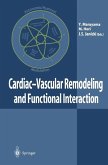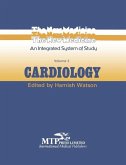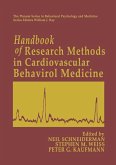It is the mark of an instructed mind to rest satisfied with the degree of precision which the nature of the subject admits, and not to seek exactness where only an approximation of the truth is possible. Aristotle With the development of imaging techniques, the in vivo study of human anatomy and physiology has become possible with increasing "approximation of the truth. " Advances have been made not only in data acquisition, but also in processing as well as visualization of functional and morphological data. Following the successful application of planar two-dimensional imaging approaches, more recently three-dimensional data acquisition and correspond ing tomographic image reconstruction has become possible. With the rapid growth of computer support, advanced processing allows for user-friendly interaction with complex data sets. Classical x-ray imaging techniques have matured to excellent spatial resolution and contrast, which provide specific delineation of anatomical changes occurring in cardiovascular disease. In parallel, the use of tracer principles supported the successful introduction of nuclear medicine procedures for the functional characterization of physiology and pathophysiology. The application of such techniques were initially limited by relatively poor spatial resolution, but excelled in high sensitivity 30 years, scintigraphic imaging emerged from and specificity. In the last rectilinear scanning to planar gamma camera imaging and single-photon xvi Preface emISSIOn tomography (SPECT). Based on these advances and the experi mental success of autoradiography, the potential of scintigraphy as a clinical and research tool has been well appreciated.
Dieser Download kann aus rechtlichen Gründen nur mit Rechnungsadresse in A, B, BG, CY, CZ, D, DK, EW, E, FIN, F, GR, HR, H, IRL, I, LT, L, LR, M, NL, PL, P, R, S, SLO, SK ausgeliefert werden.
`... this book is highly recommendable for everybody involved in CPET. It is also a readable source of information not only to nuclear medicine physicists but also to cardiologists, cardiac surgeons, physiologists and clinical physicists and radiopharmacists. This book should gain widespread acceptance... The scientific accuracy is undoubtedly high; the quality of written contributions is perfect, as is the quality of all presented figures; there is also a chapter on color display.'
European Journal of Nuclear Medicine, 24:2 (1997)
European Journal of Nuclear Medicine, 24:2 (1997)
`... this book is highly recommendable for everybody involved in CPET. It is also a readable source of information not only to nuclear medicine physicists but also to cardiologists, cardiac surgeons, physiologists and clinical physicists and radiopharmacists. This book should gain widespread acceptance... The scientific accuracy is undoubtedly high; the quality of written contributions is perfect, as is the quality of all presented figures; there is also a chapter on color display.'
European Journal of Nuclear Medicine, 24:2 (1997)
European Journal of Nuclear Medicine, 24:2 (1997)









